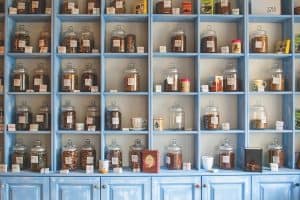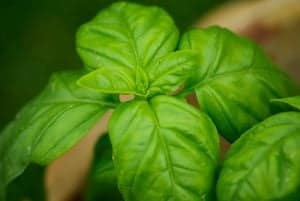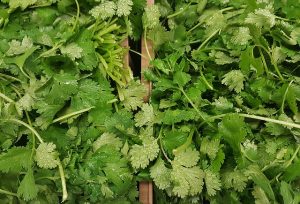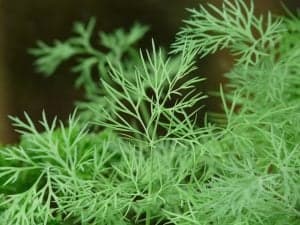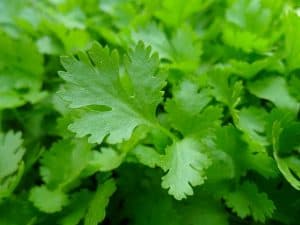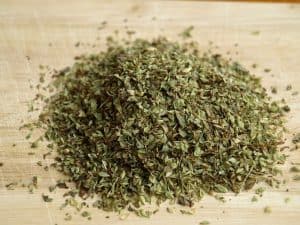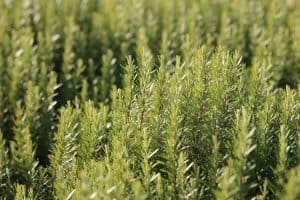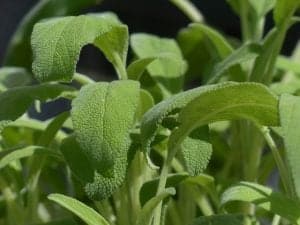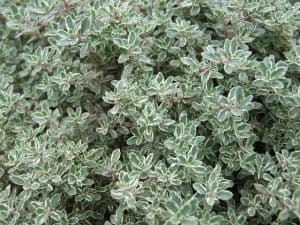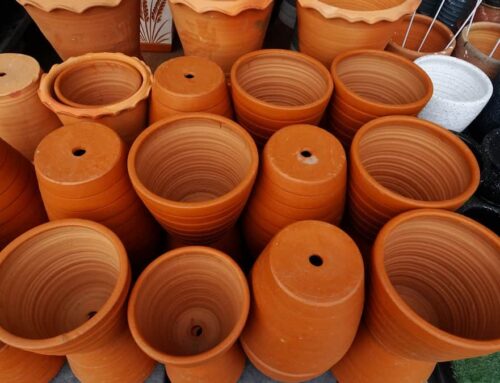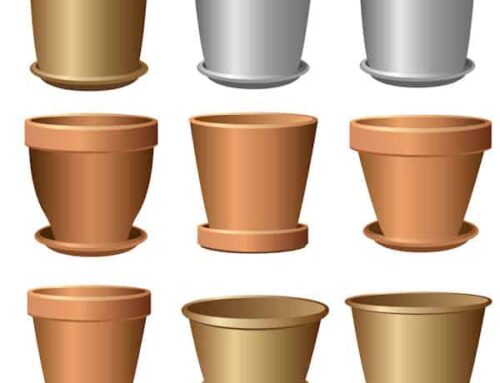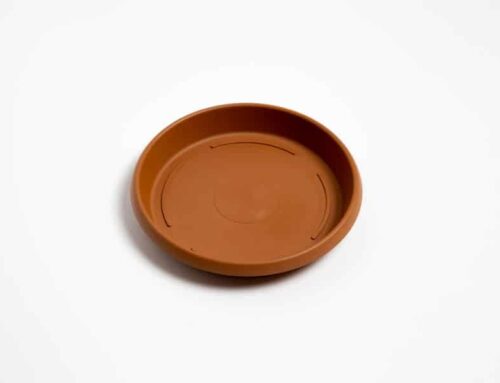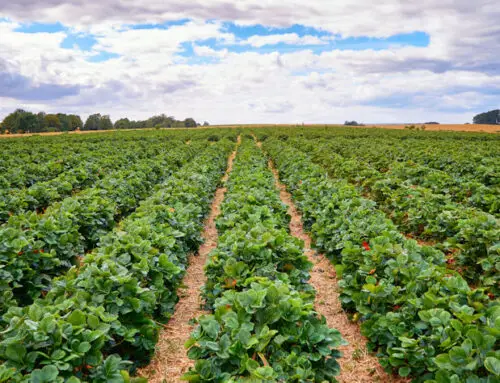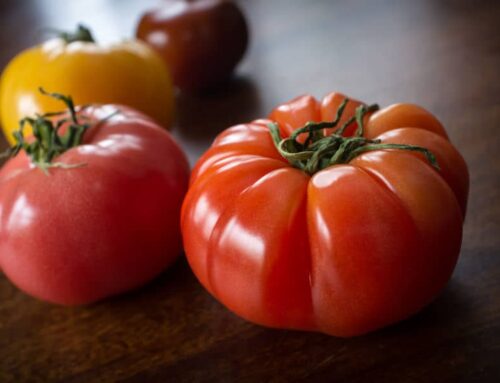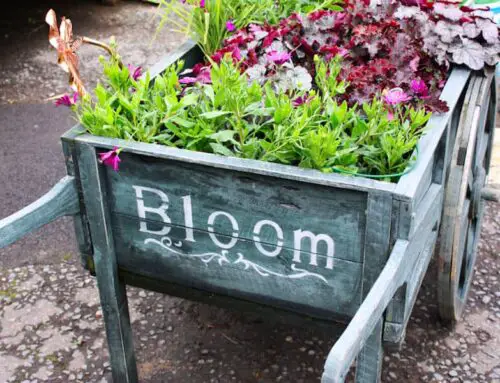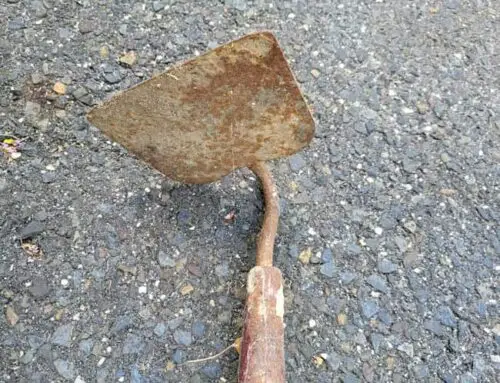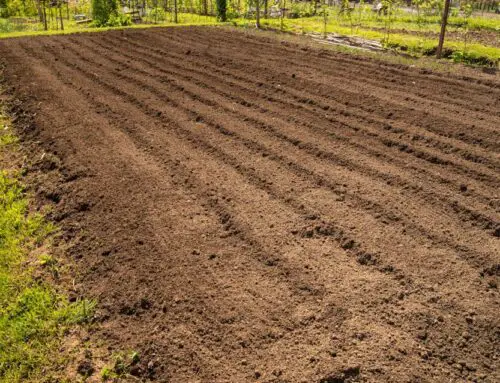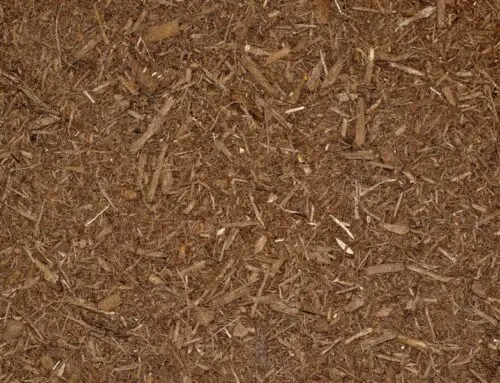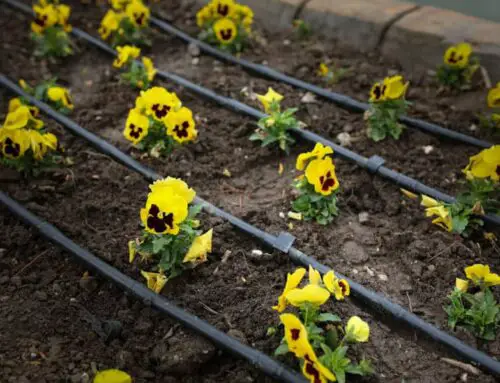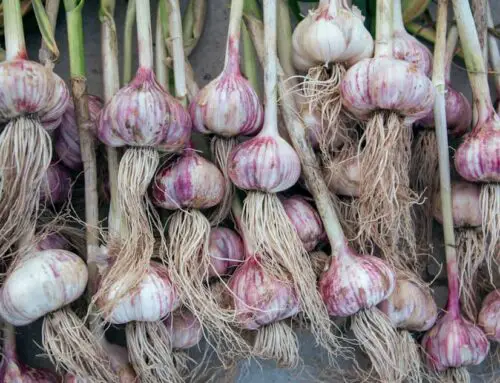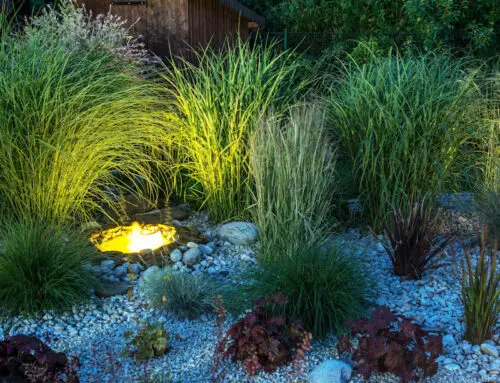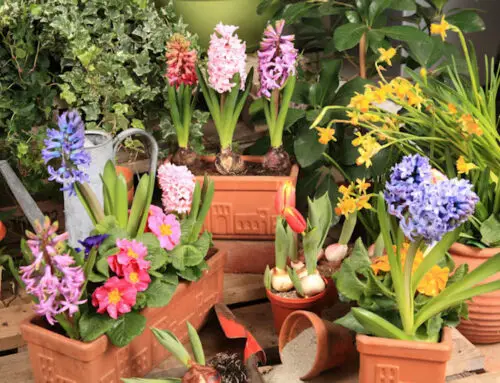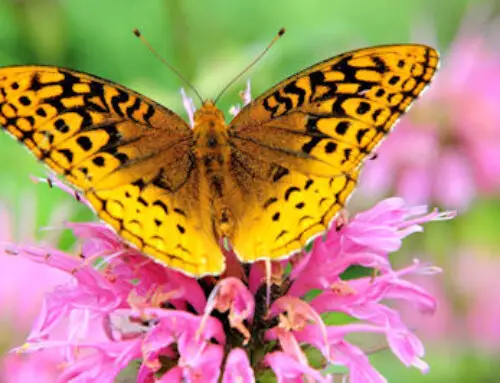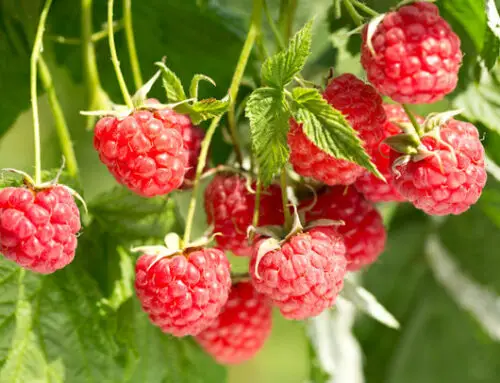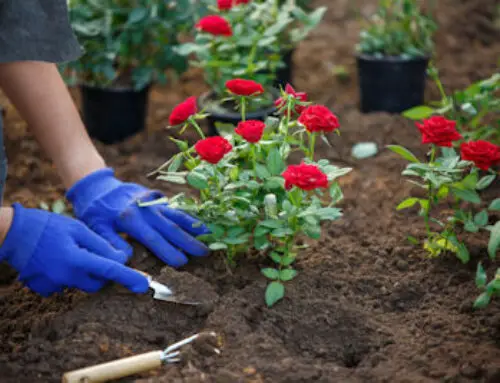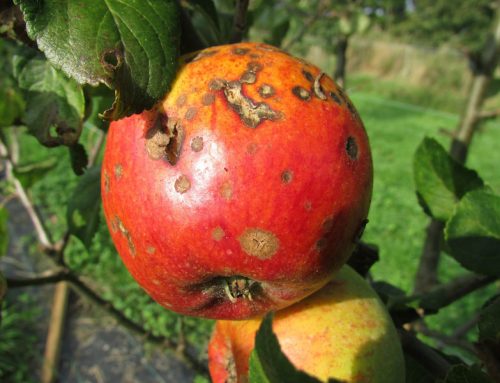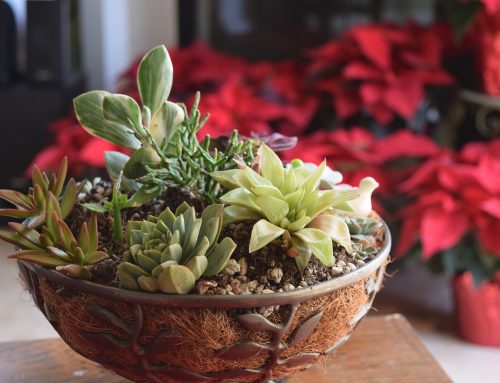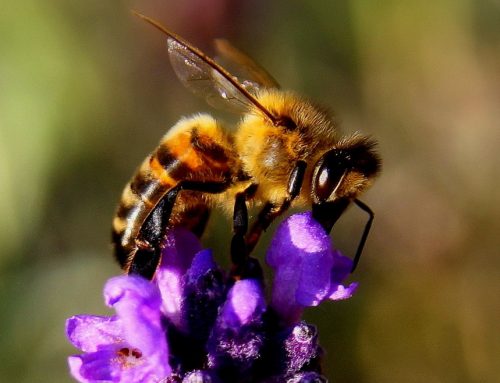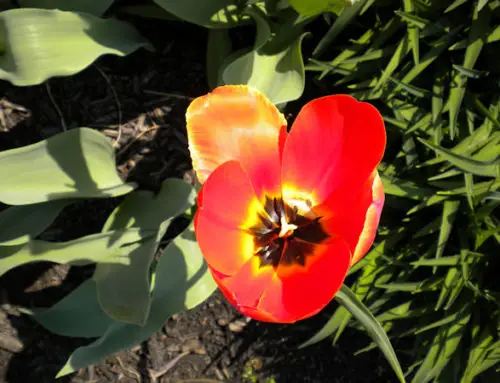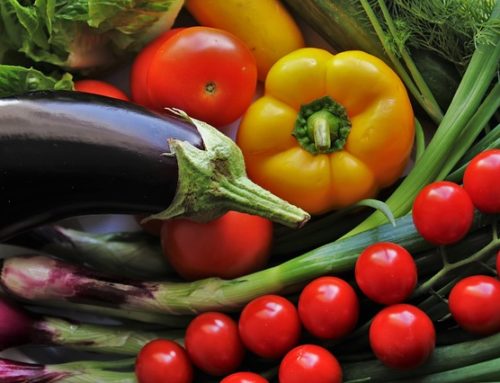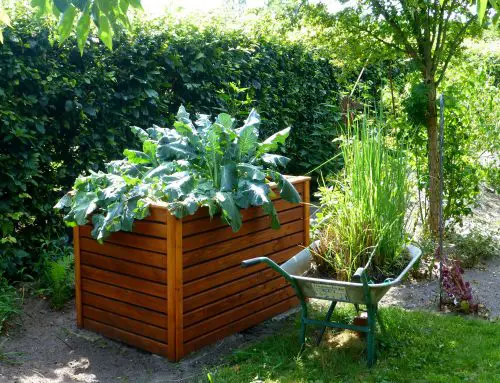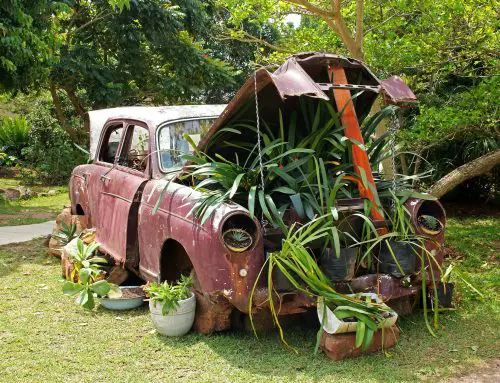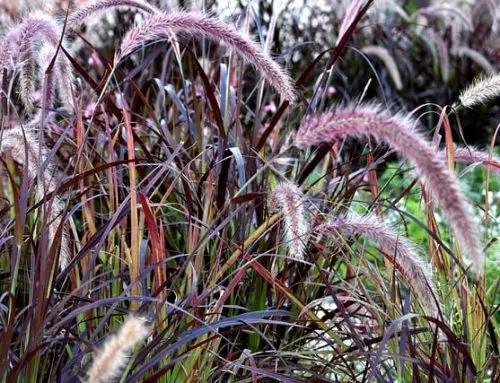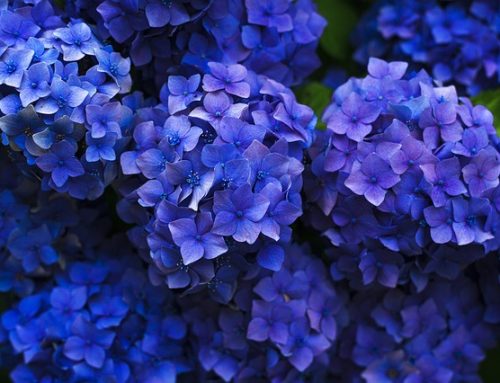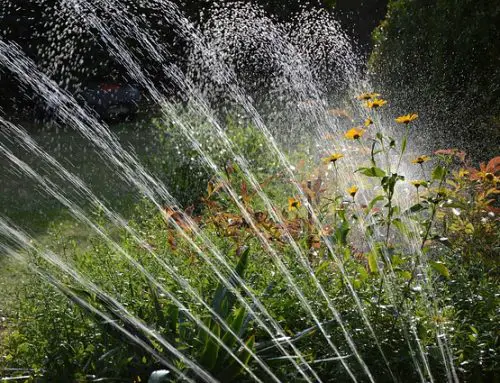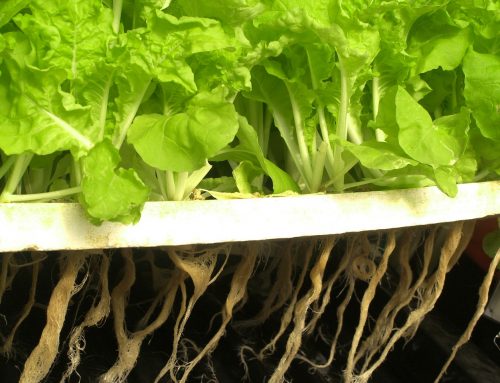A good herbs list is important as more and more people switch their focus in the kitchen to using natural ingredients, and creating very flavorful dishes without the use of salt and processed flavorings, there is a coinciding increase in the amount of fresh herbs purchased and used in cooking.
With this comes a trend of home gardeners growing their own herbs in garden spaces or kitchen windowsills.
Herbs Names
Here are some great herbs names that make a fantastic addition to any garden.
- Basil
- Cilantro
- Dill
- Parsley
- Oregano
- Rosemary
- Sage
- Thyme
Herbs List
Here is a more detailed look at the herbs list.
Basil
Perhaps one of the most popular and widely used culinary herbs, basil is found in many herb gardens. Basil recipes are known for their spicy taste and odor. Basil pizza is great. Basil leaf is grown as an annual, with plants reaching 12-18” in height. It grows well in containers, preferring a sunny location and to be well-watered.
Cilantro
Cilantro recipes are a staple in Mexican and Asian dishes, cilantro is another herb commonly planted in herb gardens. Cilantro growing is best done in full sun and well-drained soil but Cilantro has the tendency to go to seed (bolt). Cilantro plants will grow to 12-24” tall but do best when the plant is harvested when around 6” tall. To minimize bolting and to insure a constant supply of fresh leaves for harvest, plant successive sowings of cilantro every 3-4 weeks.
Dill
The foliage of dill is used to flavor meat dishes such as fish and lamb; seeds are used in pickling recipes. Dill grows tall with feathery foliage. If growing dill is left unharvested it will produce large, flat topped yellow flowers with seed clusters. It prefers full sun and can be sown 1-2 weeks before the last frost.
Parsley
Available in two types, curly and flat-leaf, parsley is the most common herb grown in gardens and parsley recipes are used for many culinary purposes. It is used as both a garnish and a flavoring. Parsley is a hardy biennial plant, but is typically grown as an annual plant. It fares extremely well when grown indoors and can be transplanted into the garden in the spring.
Oregano
Most commonly used in Italian dishes (pasta sauces, tomato dishes, oregano pizza), oregano is a perennial herb with a very intense flavor. Oregano does best when grown in full sun, and needs well drained soil for successful overwintering. It does best when brought indoors for the winter. If it is left outside, treat oregano as a tender plant and cover with a layer of straw or mulch after the ground is frozen to protect plants.
Rosemary
Another favorite garden herb, rosemary is a tender perennial that can grow up to 4-6’ tall. To grow rosemary it is best propagated as stem cuttings as seeds germinate slowly; plants grown from seed may take years to develop into usable plants. Harvest tender plant tips and foliage as needed throughout the growing season to flavor meat dishes; long, woody stems can be harvested and used as skewers for kabobs for extra flavoring.
Sage
A shrubby, perennial plant that grow to 2-3’ tall, sage is used for culinary flavoring but also as ornamental plants in containers or a garden landscape. When growing sage it prefers a full-sun location that has been well amended with compost. It is best to propagate from cuttings since plants from seed can take several years to become ready for harvest. Harvest sage leaves as needed throughout the growing season cutting 6-8” long stems for drying.
Thyme
Highly aromatic, thyme is a low-growing perennial with stiff, woody stems and small oval leaves. When growing thyme it prefers a sunny location, well-drained soils, and lots of compost to grow well. As thyme plants age they become woodier and benefit from being cut back severely every few years. Stems can be harvested for use at any time during the growing season but are most flavorful if cut just before the plant flowers, and then hung to dry.
Growing Herbs
Growing herbs in a garden is quite easy. Many varieties will do well in typical garden soil as long as the location receives plenty of sunlight and the soil has good drainage. Herbs can become stressed if exposed to too much wind or extreme conditions.
It is best to plant them along the foundations of buildings, or near walls or fences to give them some shelter. This also creates micro climates that will help protect plants throughout the winter, increasing the chances of overwintering.
People often opt to grow herbs in containers, making them easy to bring tender perennials indoors during the harsher winter months.
If you choose to grow herbs in containers it is better to fill pots with potting soil to keep the growing media from compacting (garden soil will compact severely in pots, making it hard for plants to develop good root systems). Pots will also need more frequent watering and fertilizer throughout the growing season.
Herbs List Conclusion
The herbs names mentioned here make a fantastic addition to any garden, adding unique foliage and exquisite fragrances to the planting area.
The list of herbs require little maintenance and do well when planted in-ground or in containers. The harvested foliage then makes a great culinary addition to the home’s kitchen.

